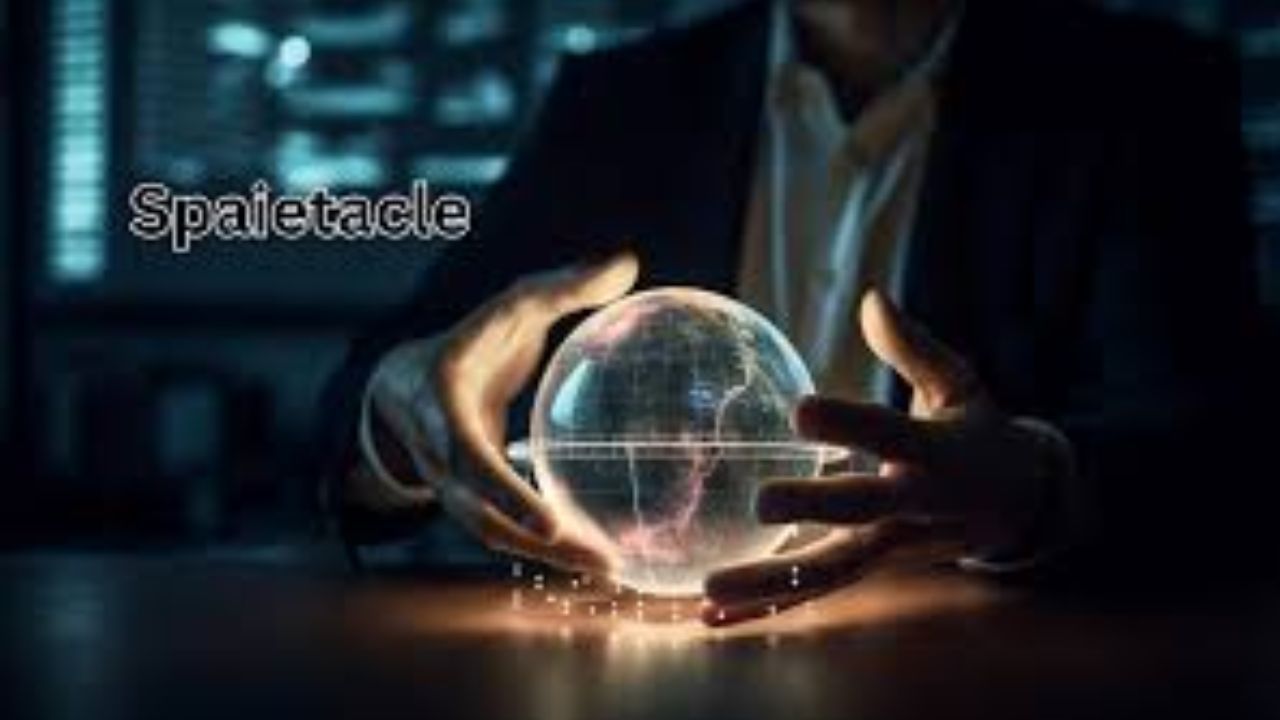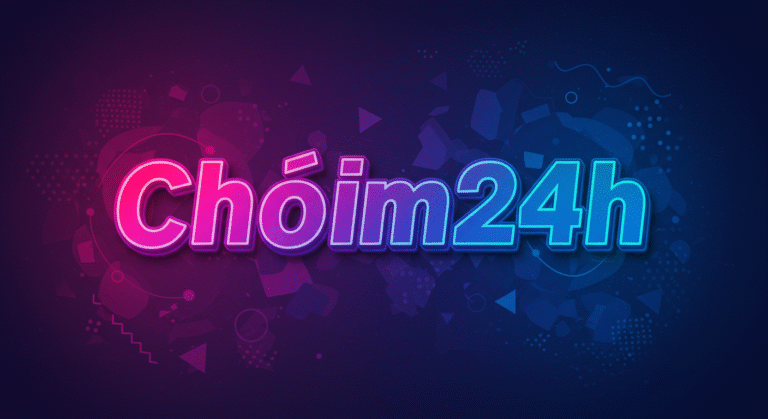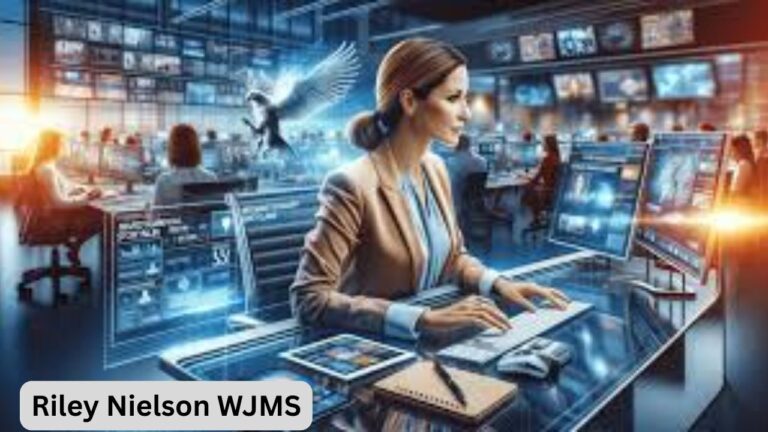
spaietacle
In 2025, digital trends are evolving faster than ever, introducing concepts that challenge how we interact with technology. One such innovation is Spaietacle, a term that’s swiftly gaining recognition in tech, art, retail, and virtual reality spheres. As the world shifts toward hyper-personalized experiences, Spaietacle is carving out its place as a transformative phenomenon.
But what exactly is Spaietacle? How is it shaping modern industries? And why should you care? This article explores the essence of Spaietacle, where it came from, and what the future holds.
What Does Spaietacle Really Mean?
Spaietacle is a modern hybrid term derived from “space” and “spectacle.” It refers to immersive digital environments that combine visual grandeur, interactive design, and multisensory input to create unforgettable experiences. Unlike traditional virtual reality, Spaietacle environments are more responsive, adaptive, and integrated with physical or emotional stimuli.
These experiences can exist in virtual spaces, physical installations enhanced by tech, or a combination of both—often blending augmented reality, projection mapping, and AI-driven content to create a full-body engagement.
The Origin and Growth of Spaietacle in 2025
Initially a niche term in creative tech circles, i thas recently entered mainstream conversations due to its adoption by global tech giants, museums, and entertainment platforms. Companies are investing heavily in immersive brand experiences, and as a result, it has become the go-to framework for combining storytelling with technology.
With the global XR (extended reality) market projected to surpass $100 billion by 2026, Spaietacle is expected to account for a significant share of future innovations.
Key Characteristics of a Spaietacle Experience
1. Multidimensional Design
it doesn’t just rely on visual stimuli. It incorporates soundscapes, motion sensors, haptics (touch feedback), and even scent dispersion to create full-body interactions.
2. AI-Powered Personalization
AI technology allows it systems to learn user behavior in real time. Whether it’s adjusting lighting based on your mood or responding to gestures, the experience evolves as you engage with it.
3. Interactive Environments
Unlike passive experiences, it encourages user input. This could be through physical movement, voice commands, or even biometric data like heart rate, which helps tailor the digital environment dynamically.
Where is Spaietacle Being Used Today?
Entertainment Industry
Theme parks, movie studios, and game developers are already embracing it to deliver next-gen experiences. For example, several VR escape rooms in Tokyo and Los Angeles have launched “Spaietacle Chambers” where users walk through real rooms overlaid with virtual objects and effects.
Art & Culture
Museums and galleries are transforming exhibitions with interactive projections, immersive storytelling, and 3D mapping. Spaietacle installations have turned static displays into living narratives, engaging audiences of all ages.
Retail Innovation
Top brands are building immersive pop-up shops using it elements. These smart retail spaces adapt to consumer behavior—changing lighting, music, and even digital product displays based on customer interests.
Education & Simulation
Spaietacle is proving valuable in training environments. From medical procedures to flight simulators, the immersive setting increases focus, retention, and practical understanding through lifelike engagement.
Why Spaietacle Is the Future of Digital Engagement
Modern consumers expect more than convenience—they crave experience. That’s where Spaietacle thrives. It takes people out of passive roles and places them inside dynamic, responsive environments that speak directly to their senses.
In marketing, this can mean longer dwell time and stronger emotional connections. In education, it enhances learning outcomes. In therapy, it provides new avenues for mental health treatment using immersive calming techniques.
Spaietacle isn’t just a trend; it’s a shift in how humans and technology interact.
Challenges in Spaietacle Development
As with any emerging tech, Spaietacle faces hurdles:
-
High Development Costs: Building multisensory environments requires advanced equipment and skilled teams, making it cost-prohibitive for small organizations.
-
Accessibility Barriers: Not everyone has access to VR or AR devices, limiting inclusivity.
-
Data & Privacy: As Spaietacle adapts to users in real time, managing data responsibly becomes a top priority.
-
Technical Complexity: Integration of different sensory inputs and real-time responsiveness requires deep cross-disciplinary collaboration.
However, as open-source tools and affordable hardware expand, these barriers are expected to diminish over time.
Real-World Examples of Spaietacle in Action
-
Louvre 360: A Paris-based installation recreates ancient art pieces in immersive 3D spaces, offering visitors a Spaietacle tour that blends culture with interactivity.
-
Tesla Innovation Showroom: The electric vehicle brand recently launched a futuristic showroom where visitors can explore cars through holographic projections and AI guides—an ideal Spaietacle environment.
-
Mindful Room Therapy: In mental wellness clinics, personalized it pods help patients reduce stress using calming lights, sounds, and biofeedback.
The Evolution of Spaietacle in the Next Decade
As 5G, edge computing, and AI continue to mature, it experiences will become even more seamless and accessible. We might see entire Spaietacle cities, educational institutions using fully immersive classrooms, or even Spaietacle-enhanced home environments that adjust to our moods.
Furthermore, integration with wearable devices like AR glasses or neural interfaces will make these experiences intuitive and natural. Instead of using screens, gestures and thought-based commands may guide us through it landscapes.
Conclusion: Spaietacle Is Just the Beginning
We are entering an age where technology doesn’t just assist us—it interacts, adapts, and responds in ways that mimic reality. it represents the forefront of this shift. More than just a visual feast, it’s an intelligent, responsive, and emotionally engaging interface between humans and digital worlds.
As creators, educators, and innovators embrace this technology, it will likely become a central element of tomorrow’s human experience. Whether you’re building a business, designing education tools, or seeking new ways to connect with audiences, now is the time to explore what it can offer.







